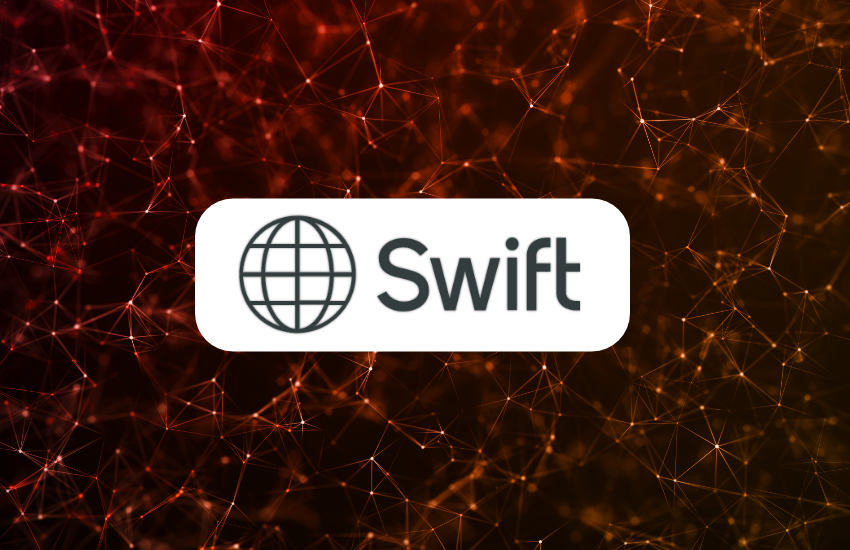Bitcoin thought leaders weigh the pros and cons of Ordinals

Ordinals are here to stay. Ordinals, or the ability to permanently whitewash the Bitcoin (BTC) blockchain with data, usually in the format of an image or jpeg, is a controversial topic among some members of the Bitcoin and broader crypto community. Not so for developers and CEOs of Bitcoin-focused companies in attendance at the Bitcoin conference, Advancing Bitcoin in London.
Cointelegraph asked several CEOs, builders and key opinion leaders about their views on ordalls during the conference. The overriding feeling was curiosity, indifference or respect.
Alex Leishman, CEO of River, told Cointelegraph that he does not have a stance on ordinal yet, but that he recently acquired an ordinal endowment.
“In the abstract, the idea of having such a meta-layer on top of Bitcoin that tracks Sats; that has a separate state or mapping to the blockchain is really fascinating and could potentially be interesting for other things.”
For example, Leishman recently played the old computer game Doom on an ordinal. “Someone had embedded doom in JavaScript and in a little web page in an ordinal,” which Leishman uploaded from the blockchain.
Eric Sirion, co-founder and advisor to Fedi, and maintainer of the open source protocol Fedimint told Cointelegraph that he is also “pretty neutral” on Ordinals.
“Essentially, we can’t do anything about it in a way that’s morally consistent. Like if we try to fight it, what gives us the right to do that? And also, we can’t effectively fight it. […] So yes, why bother?”
Sirion added that he’s not necessarily a fan of Ordinals, as it might blow up the blockchain a bit, but “Who am I to tell other people what to do with the fees they pay as?”
The Bitcoin blockchain has since “inflated” and reached an average block size all time high but fees have remained more or less consistent.
Benoit Mazouk, CEO of UK Bitcoin exchange Bitcoinpoint, shared Sirion’s concerns about blockchain congestion. He explained that while he understands that Bitcoin central opinion leaders, such as CEO of Blocksstream Dr Adam Back, who commented that ordinals are “useless” (insert tweet), for Mazouk, he is “more into Bitcoin as a currency.”
Perhaps a bigger concern is that users could upload graphic images and offensive data to the blockchain. Recently shock porn was uploaded as an Ordinal.
However, the permanence and censorship resistance works both ways: Leishman states that creating permanent records of potentially important or culturally significant events and data – such as Doom – can be permanently buried in the blockchain. “Ordinals can eventually become composable, and that’s really really censorship-resistant content,” Leishman commented.
Related: Yuga Labs’ First Bitcoin NFT Auction Raises $16.5M in 24 Hours
Christian Keroles, CEO of Bitcoin Magazine, recently posted a culturally topical reference to the censorship of Roahl Dahl books. CK asked how imprinting books on the blockchain would preserve original copies.
All in all, Ordinals is starting to change the way Bitcoin advocates use and approach Bitcoin. Ordinals offer a different use case to the Bitcoin network compared to the first: peer-to-peer cash.
“Maybe the Bitcoin database has value for other things and they’re willing to pay for it, which is good for miners and maybe actually is.”
Miners have earned more revenue per block since Ordinal’s introduction, while video game fans can rest assured that Doom is playable, loaded from the Bitcoin blockchain.
























